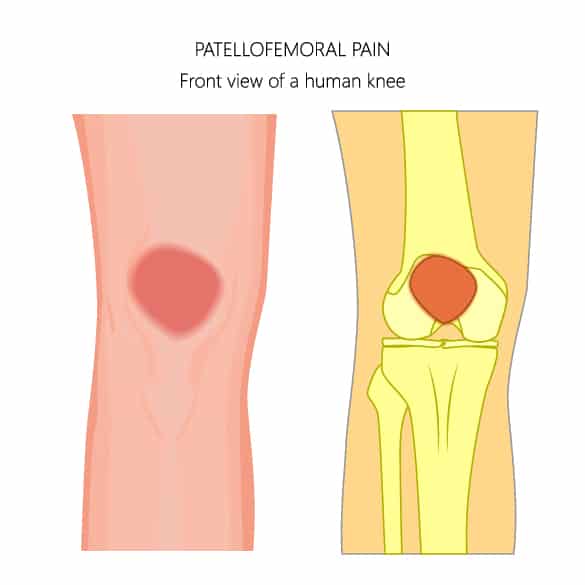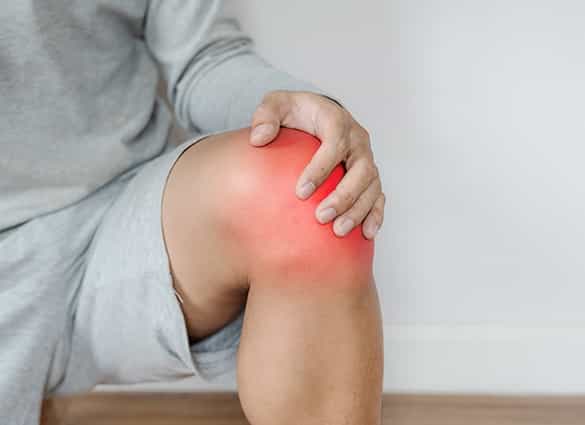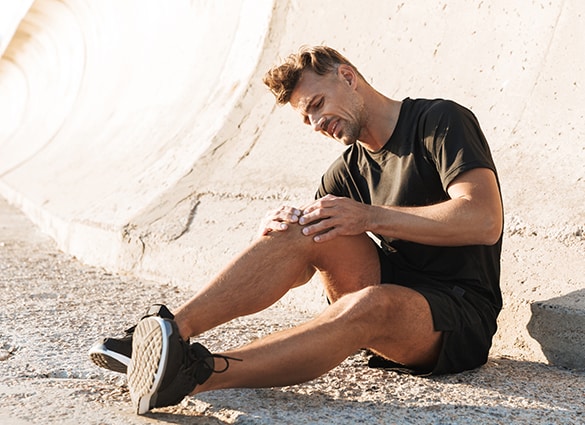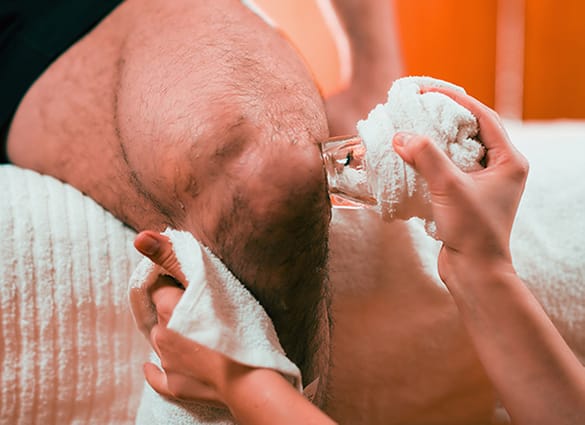
Patellofemoral Pain Syndrome
What is Patellofemoral Pain Syndrome?
Patellofemoral Pain Syndrome is the term used to describe pain at the front of the knee, around the knee cap (or patella). The painful symptoms occur when your kneecap (or patella) becomes irritated and inflamed, due to increased pressure on the joint between the patella and the femoral groove.
What causes Patellofemoral Pain Syndrome?
Your kneecap, or patella, normally glides up and down through a groove in your thighbone (femur), whenever your knee is bent and straightened. If the patella does not glide normally through this groove, but travels more to one side of the groove, the undersurface of the patella will rub against the thighbone (femur), causing pressure and pain at the patellofemoral joint.
Several factors may contribute to the development of patellofemoral pain, including:
- Poor foot posture (eg flat feet, pronation) can cause excessive internal rotation at the knee or hip, placing more strain across the knee joint
- Weak hip muscles may allow the thigh to internally otate excessively or the knees to face each other when walking, placing more strain across the knee joint
- Weak or unbalanced quadriceps muscles, causing your kneecap to move up and out, toward the outside of your knee
- Tightness in the outer thigh muscles (vastus lateralis) and soft tissues (ITB, lateral retinaculum) can cause the kneecap to be pulled toward the outside of the knee
- Joint hypermobility may cause increased motion across the knee joint
- Overuse, especially if you are active in sports involving running or jumping
- Increased training distance, speed or intensity, or introducing hill or stair workouts
- Increased body weight


What are the symptoms of Patellofemoral Pain Syndrome?
The common symptoms of patellofemoral pain syndrome include:
- Pain around the front part of the knee, around or behind the kneecap
- Pain with certain activities including squatting, kneeling, hopping, jumping, running and using stairs (especially walking down stairs)
- The pain is often noticeable after sitting still for long periods with a bent knee, eg getting up after watching a movie or after any prolonged sitting
- A grating or grinding feeling when the knee moves, called crepitus
- A feeling of fullness or swelling around the kneecap.
Patellofemoral pain syndrome is typically seen in sports that involve running, jumping and landing. These sports commonly include netball, running, tennis, football, volleyball and basketball.
How is Patellofemoral Pain Syndrome diagnosed?
Your podiatrist will take a comprehensive medical history and perform a physical examination and gait analysis. The assessment will include:
- Pain provocation tests – to reproduce your knee pain
- Foot posture assessment
- Joint range of motion (flexibility)
- Foot and thigh muscle strength testing
- Footwear assessment
- Gait analysis – to look for any abnormalities in the way the feet and legs move during gait


How is Patellofemoral Pain Syndrome treated?
Depending on the individual contributing factors, your podiatrist may recommend the following treatment options:
- Custom made orthotics to improve abnormal foot posture and function
- Footwear changes
- Ice massage to reduce local inflammation after sport or exercise
- Activity modification ie avoiding activities that aggravate the symptoms until the injury has healed
- Strengthening Exercises to address any foot or leg muscle imbalance or weakness. If you require a hip stabilisation program a physiotherapy referral may be required
- Stretching exercises to improve joint and muscle flexibility
What should I do if I have Patellofemoral Pain Syndrome?
If patellofemoral pain syndrome is left untreated, the underside of your kneecap may become chronically irritated and inflamed, leading to arthritis.
If you think you may have patellofemoral pain syndrome, or suffer from any ongoing pain in your knees, it is best to seek treatment early. Contact us for professional advice and treatment from one of our experienced podiatrists.


